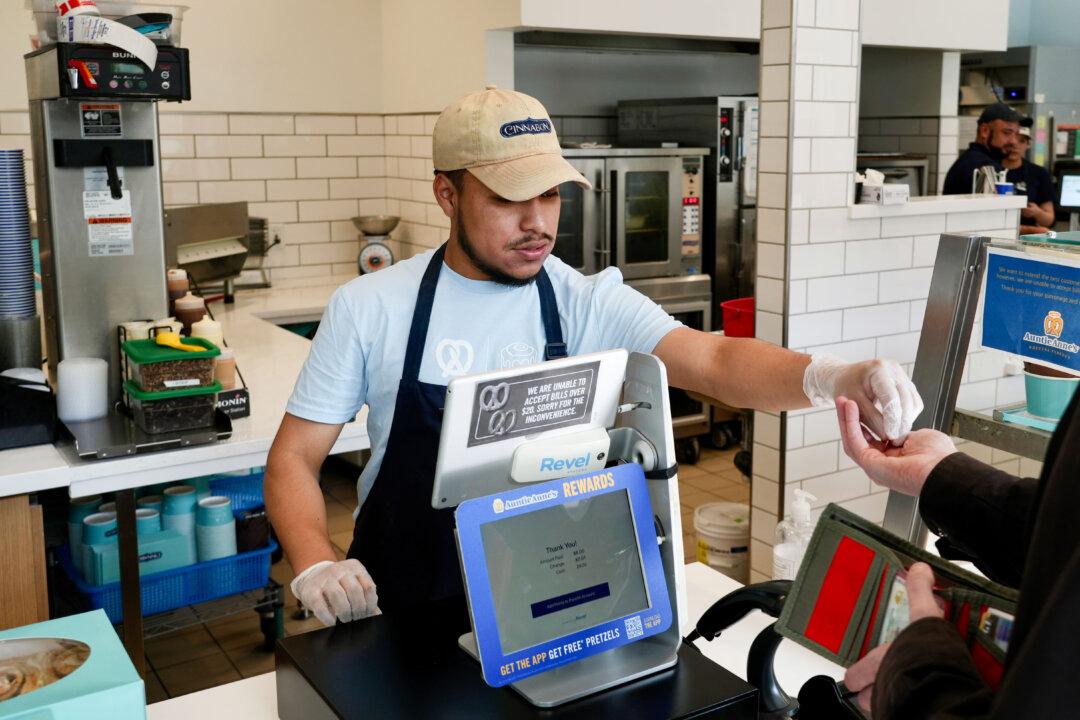Full-service restaurants continue to struggle to reach pre-COVID-19 pandemic numbers, after 2024 ended with significant job growth in the leisure and hospitality industry.
According to the latest report from the U.S. Bureau of Labor Statistics and a Jan. 10 analysis of the bureau’s data by the National Restaurant Association (NRA), eating and drinking places recorded a monthly increase of 29,800 jobs in December 2024 on a seasonally adjusted basis, up from an increase of 23,000 jobs in November 2024. The data show this marked only the second time in 2024 that the industry added more than 20,000 jobs in consecutive months.





